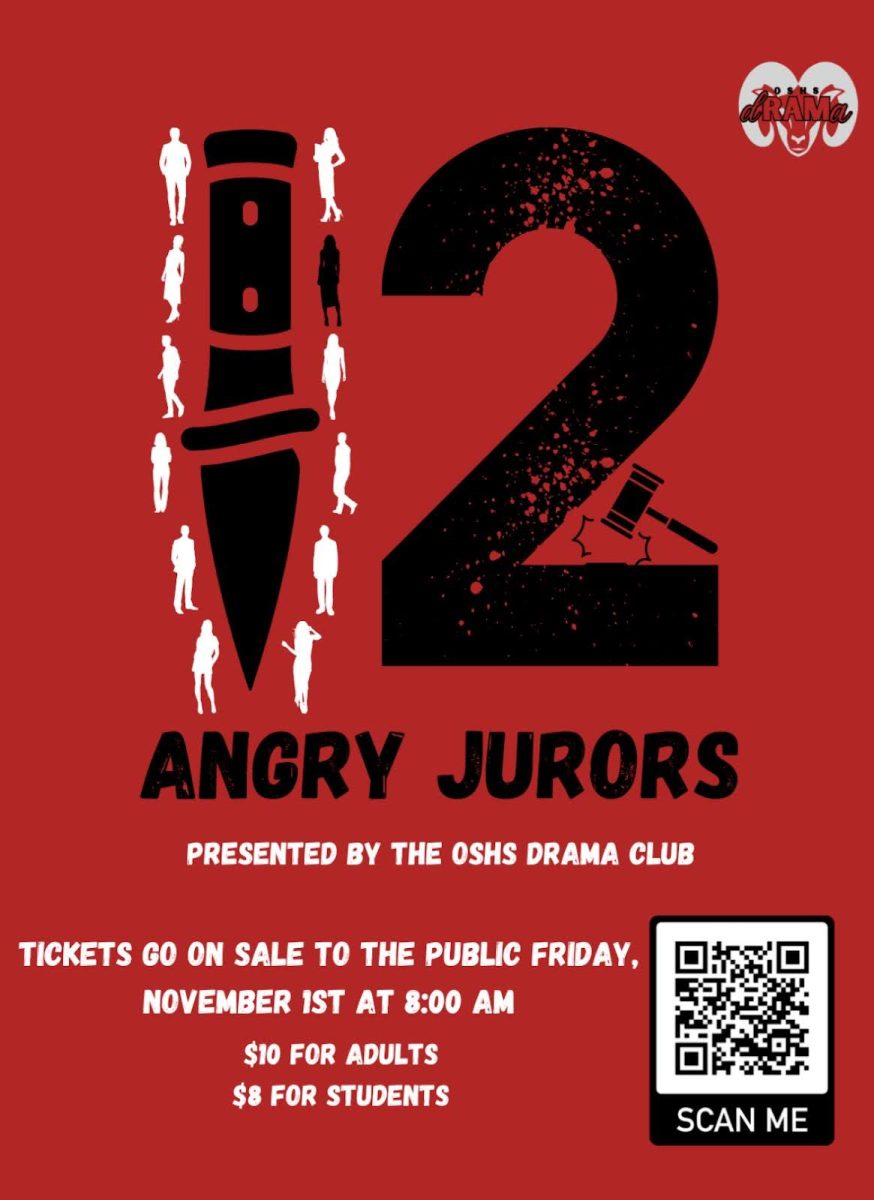Every year on March 17th, people across America wear green, attend parades, and celebrate St. Patrick’s Day. However, how many actually know who St. Patrick was or why the holiday exists in the first place? Students at OSHS, after being surveyed to see if they know the true history of St. Patrick’s Day, showed that most of them are unfamiliar with the holiday’s origins.
Students were first asked if they even knew who St. Patrick was and why he is celebrated on March 17th. Out of the 45 respondents, 73% said no, 24% said yes, and 3% said other. This means that nearly three-quarters of the students who answered do not know who St. Patrick was or why he is honored on this day. According to Britanica, St. Patrick was actually born in Roman Britain, not Ireland, in the late 4th or early 5th century. As a teenager, he was kidnapped by Irish raiders and taken to Ireland as a slave. After several years, he escaped, but later returned to Ireland as a Christian missionary. He is credited with converting much of Ireland to Christianity, and he became the country’s patron saint. March 17th marks the date of his death.
Students were then questioned on whether the holiday was an Irish-American creation or is widely celebrated in Ireland. Out of 45 responses, 51% said it was an Irish-American creation, 44% said it was American, and 5% said they didn’t know.
St. Patrick’s Day is an Irish-American creation; ,while the holiday originated in Ireland as a religious feast, those large public celebrations with parades actually started in America. Irish immigrants in the United States held the first St. Patrick’s Day parades in cities like New York and Boston to celebrate their heritage. Over time, these traditions grew, and the holiday became more about Irish pride, (Britanica).
Finally respondents were quizzed on whether St. Patricks day has religious origins. 64% answered that they believed it was a religious holiday, 31% believed it was a celebration, and 5% said both. While the majority correctly identified it as a religious holiday, a significant number did not understand the holiday’s religious affiliation.
Indeed, St. Patrick’s Day was originally a religious holiday in Ireland, with church services and quiet celebrations. It wasn’t until Irish immigrants in the U.S. popularized parades and festivities that it became the large celebration we know today. Even in Ireland, the modern party-style celebrations were influenced by the way Americans celebrated St. Patrick’s Day.
To gain further insight students Alex Levasseur (junior), Casey DeAngelo (junior), and Nico Sokolowski (sophomore), were interviewed. All three answered similar questions asked on the survey. When asked if they knew who St. Patrick was, Alex Levasseur admitted, “No idea, he’s Irish.” Casey DeAngelo had a similar response, saying, “No idea who Saint Patrick is. I know he’s Irish.” Nico Sokolowski was the only one who attempted an explanation, stating, “Yes, Saint Patrick was a saint born in Ireland and he grew up there and he is celebrated on March 17th because that is the day that he converted the people to Christianity.”
The group responded to the popular myth that St. Patrick drove snakes out of Ireland as well. Levasseur responded, “I feel like that would be a myth.” DeAngelo agreed, saying, “Probably not. I don’t think anyone can drive animals out of a place.” Sokolowski confidently stated, “That’s a myth.”
The myth about St. Patrick driving the snakes out of Ireland, is completely false. Ireland has never had snakes due to its climate and geographical isolation. The “snakes” in old mythical stories are believed to be a metaphor for pagan beliefs, which St. Patrick worked to replace with Christianity, (Britanica).
The survey results and interviews show that many OSHS students don’t fully understand the history of St. Patrick’s Day. While some know it has something to do with Ireland, very few know the real story behind St. Patrick himself. This isn’t surprising, as most Americans celebrate the holiday with parades and parties, even when not knowing the true origin of the holiday.












